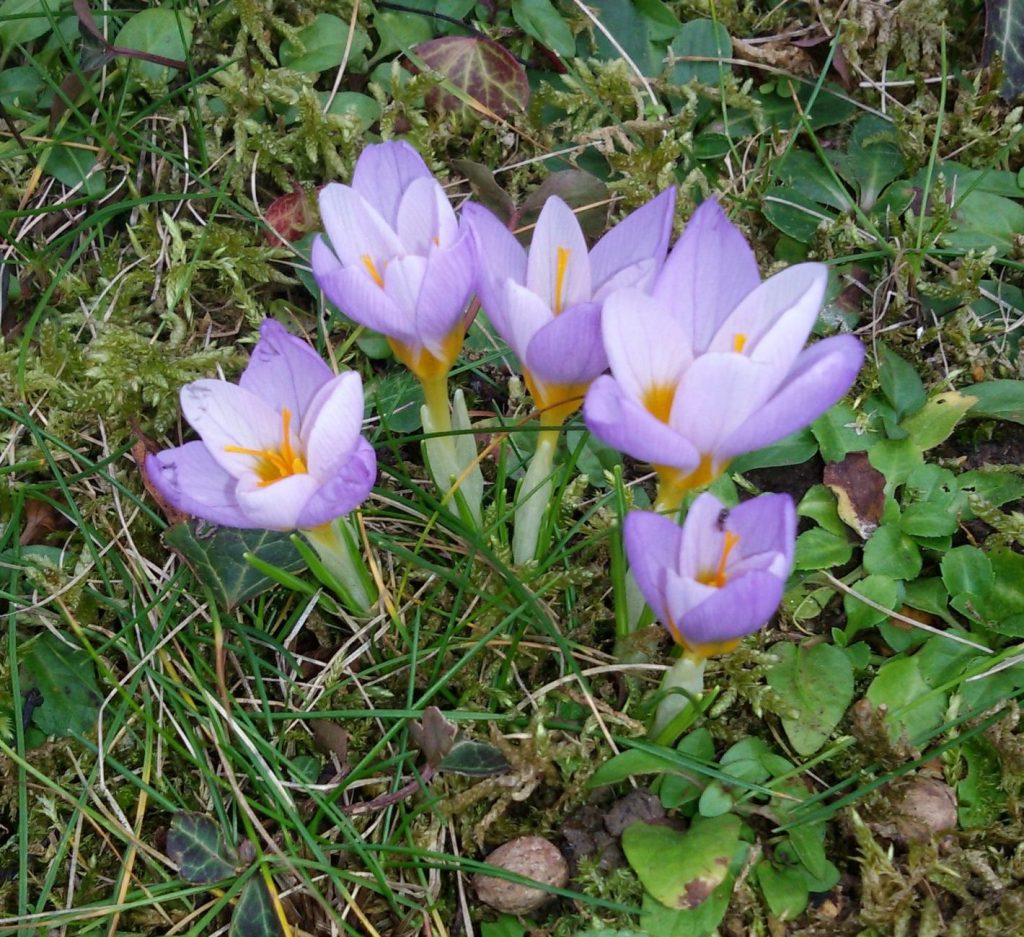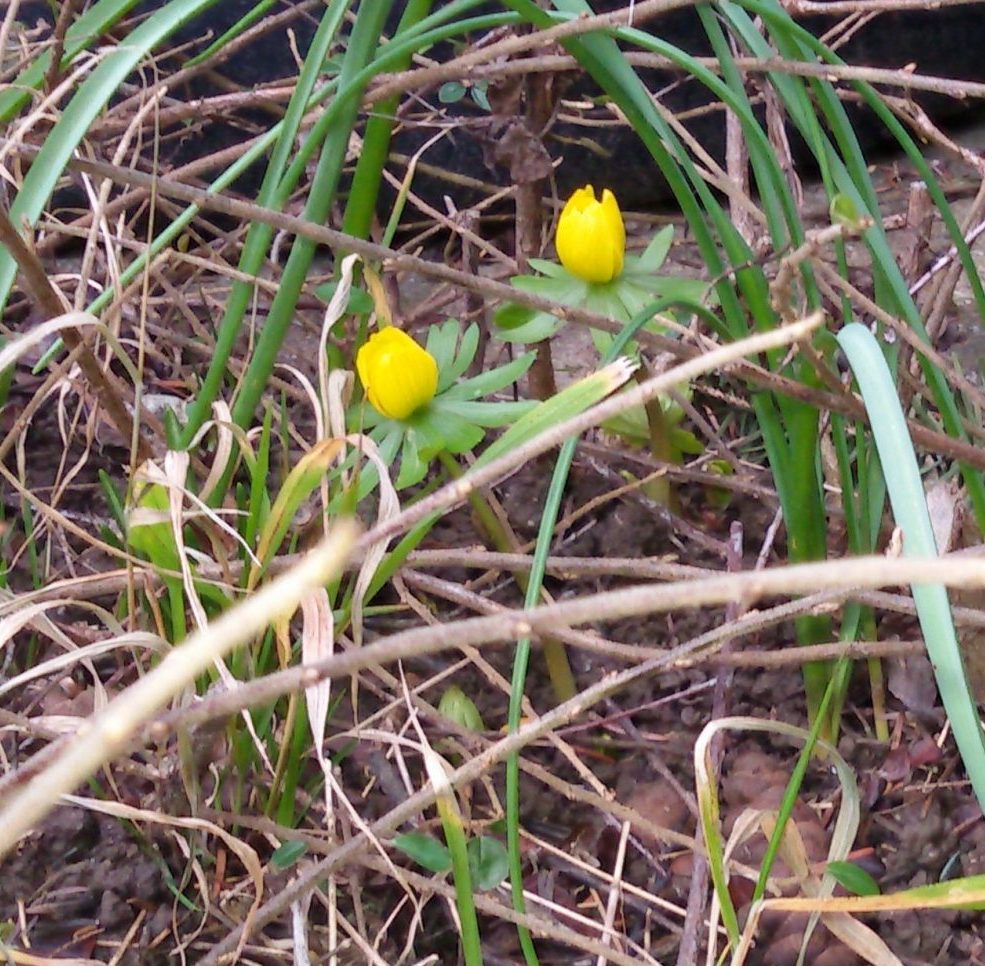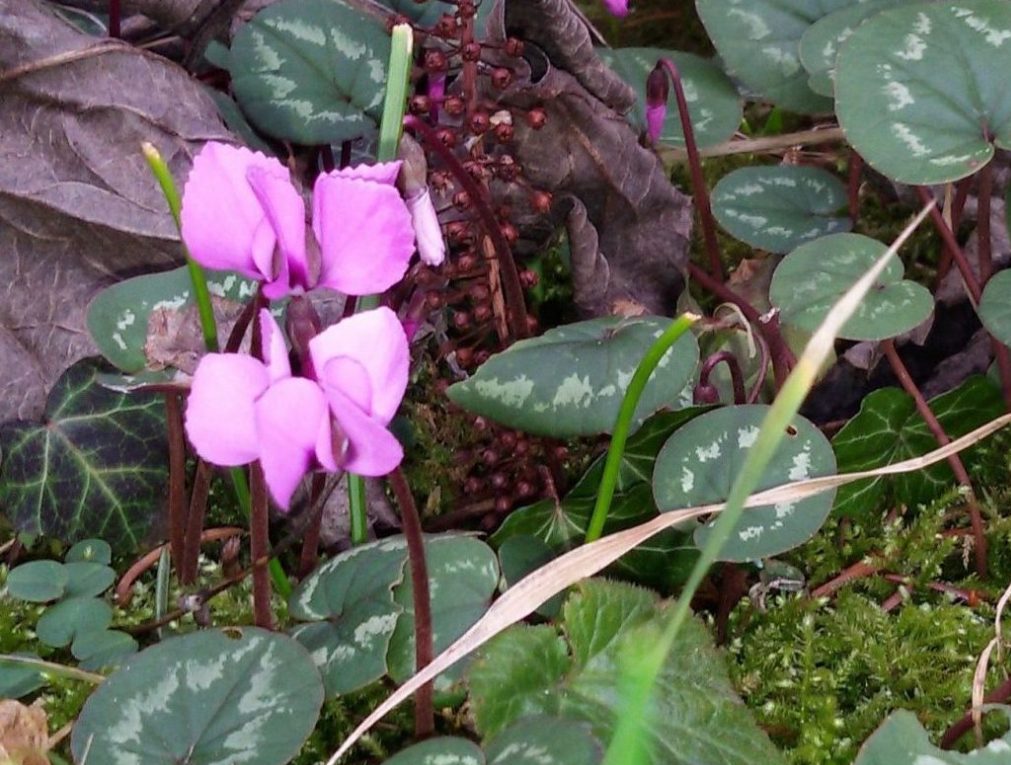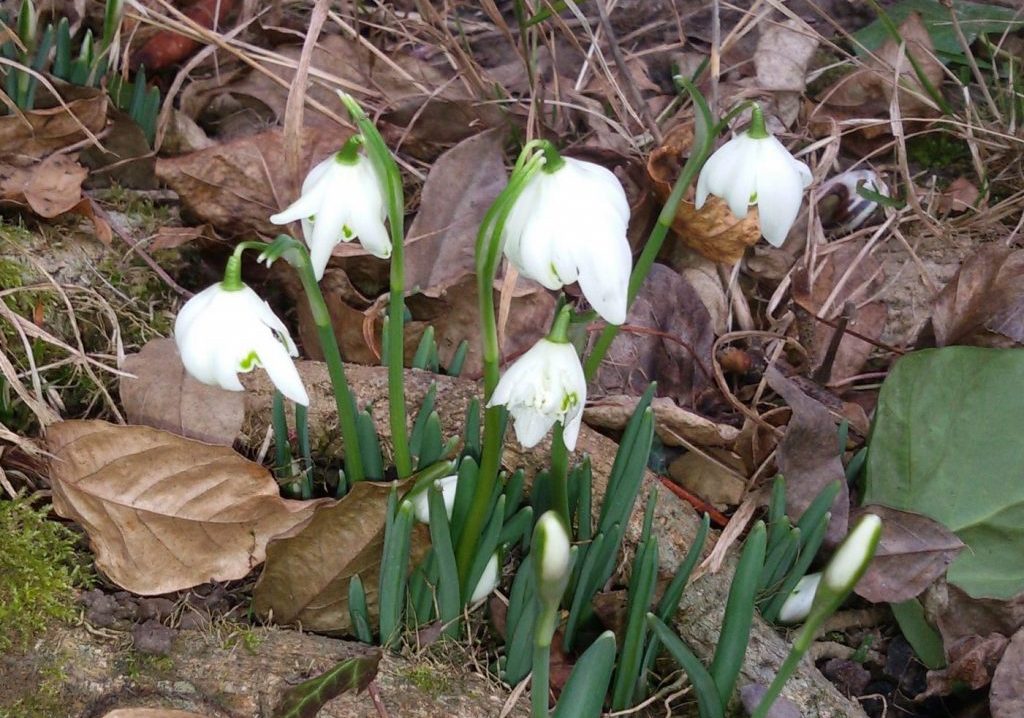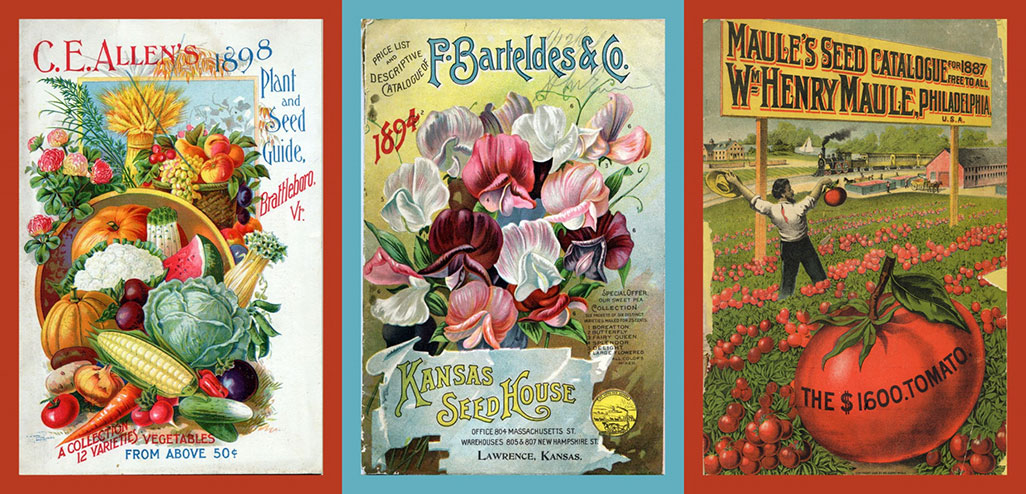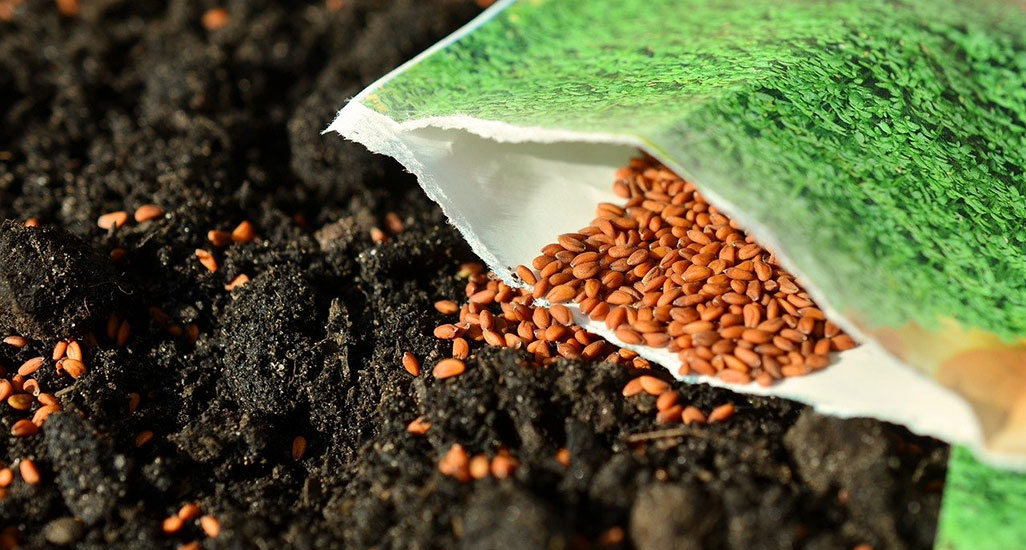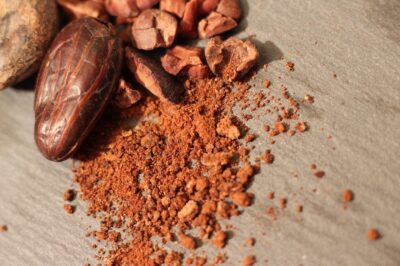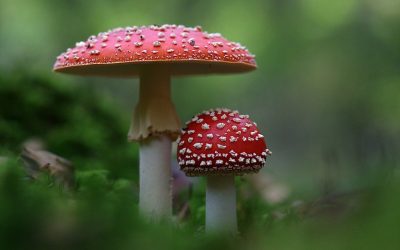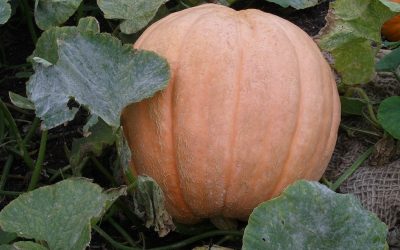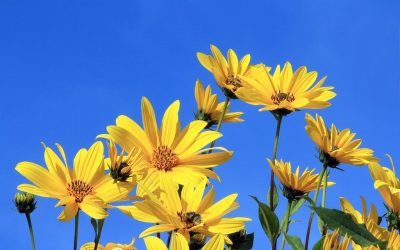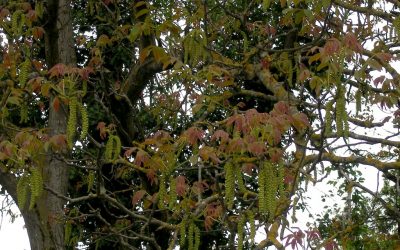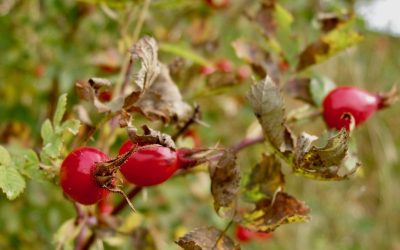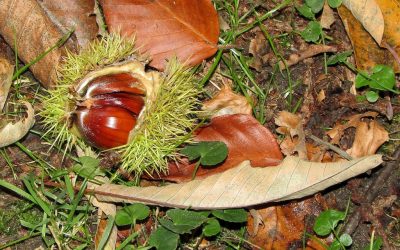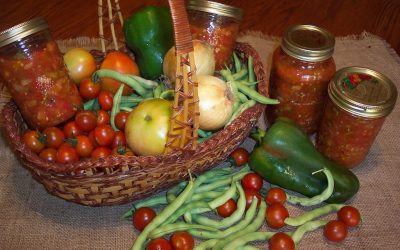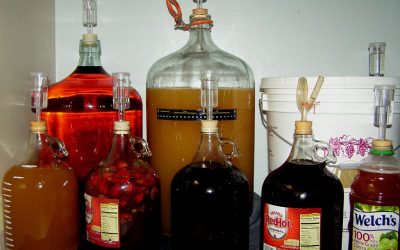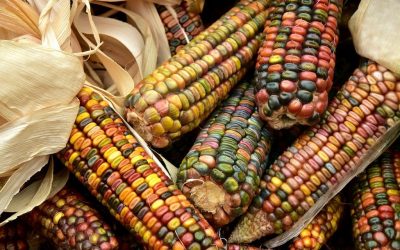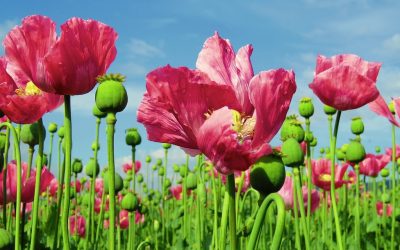Nature Notes

Winter Solstice
Happy Winter Solstice, may your light shine bright!
The Winter Solstice marks the shortest day and longest night of the year. The trees have lost their leaves, and all signs of life have retreated below ground. Frozen in time, the land lies barren. Barely rising above the horizon, the Sun only sends a few feeble rays of light. The birds have left on their long journey to milder climes. The Earth has entered hibernation mode.
And yet, we find cause to rejoice at these darkest times! Deep within the Earth, a tiny light is born! Fragile as a baby in its crib, the sun-saviour god returns.
We are on the threshold of a new cycle, not yet sure if the baby will grow. But where there is life; there is hope.
In the old days, the 12 days of Christmas marked a time, when the veil between the worlds is thin, and spirits pass through. The same is true of the 12 days around the summer solstice. Otherworldly beings are visiting us from beyond.
The Solstice is a time of reflection, of cherishing memories, and of gratitude.
It may not have been an easy year, but there are always things to be grateful for, and hope is on the horizon.
During this quiet space, we reflect on gratitude; on love and care, and on being there for one another. We dream about our ambitions for the year ahead and how to make things better.
The Winter Solstice marks a turning point with the promise of a new dawn.
Count your blessings and celebrate hope. The wheel of time is turning, and the light is returning. Let us cherish and protect this tiny flame of hope. When its fire grows stronger, life once more returns to Earth.
Are you interested in Astrology?
We are living in turbulent times. If you have ever wondered what is going on with the planets these days, check out Astro-Insights.com for current astrology updates and planetary insights. or contact info@astro-insights.com for a personal astrological counseling session.
Current issue
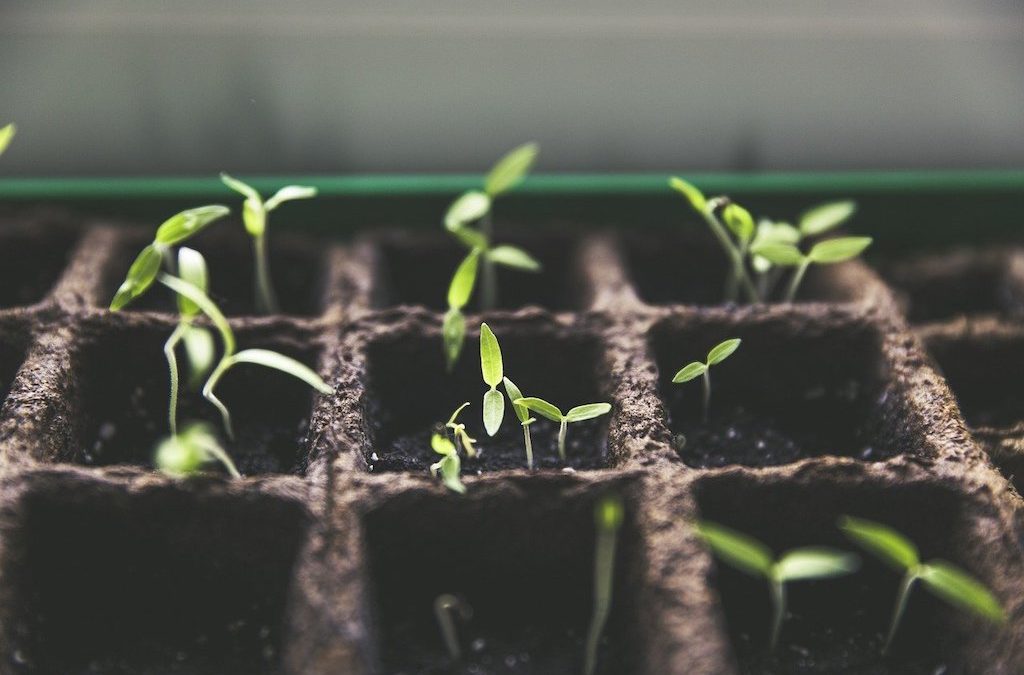
Gardening Jobs in February
What kind of gardening jobs can there possibly be in February?
In the middle of February, I itch to get back into gardening. Granted, it’s early days, and there isn’t that much to do – but there is always something, even as early as February.∗
It is still winter, and the weather has been pretty wild and stormy, but I have spotted the first snowdrops, and even the first Winter Aconite is out! They are such a welcome sight – tentative signs that spring is on its way. Even though temperatures are far from balmy, Mother Earth is stirring…
It’s a botanical wake-up call. Suddenly, I feel restless, itching to do some gardening. But where to start, and what to do?
Indoor Gardening
Start some long-season plants indoors
I live in climate zone 7/8, so in February, gardening starts indoors. My house turns into a potting shed. I am not suggesting you should do the same. Maybe you are better organised. Perhaps you have a greenhouse or a heated cold frame where you can start the earliest seeds, protected from the cold.
If you live in northern latitudes, the growing season is limited. But you can extend it as far as possible by starting long-season plants, like chilli peppers or aubergines, in February indoors.
All you need are some starter trays and sterile starter soil that is not too nutrient-rich. It needs to be sterile so that your tender seedlings won’t have to compete for nutrients against random weeds whose seeds are lurking in the soil. This is especially important for slow-germinating seeds. Garden centres and DIY stores sell trays and starter soil, or you can make your own.
DIY seed trays
Those fancy seed trays make things a little easier: they often come with a clear plastic lid to prevent the moisture from evaporating. Sometimes, they even have a mechanism to open them without having to take the lid off. But you don’t really need that fancy stuff. It is easy to improvise by recycling your yoghurt pots, other plastic containers, or even empty milk cartons.
The right time
Here are the rules:
- Start warmth-loving, long-season plants 8-10 weeks before the last expected frost in your area.
- Water the seeds regularly with a watering sprayer to keep the soil moist, and if you use the DIY trays, cover them with cling film.
- Place the starter trays in a bright, warm spot, and you should see the first seedlings pop up after 7-10 days, on average.
- Don’t let the seedlings dry out! That would kill them!
- Once all danger of frost has passed and soil temperatures have risen to about 15 °C/60 °F, you can begin hardening off your ‘babies’ before you transfer them to their permanent spots.
- Harden off the plants by placing them outside during warm days and covering them at night.
——————————————————————–
At least, this applies to those in the Northern Hemisphere who live in growing zones 7-8. Every climate zone is different, and you may have a microclimate, so take this as general guidelines – there are no guarantees.
You might also be interested in:
How to plan a garden
Before you plant anything, try to really understand your garden.
Topiaria Gaudium
There is a strange fever going around. Strangely, it only affects gardeners: ‘Topiaria Gaudium Fever’. It is a special condition marked by high levels of excitement caused by the anticipation of the new gardening season.
What to Sow in January
Here are some veggies you can sow (indoors or under glass) at the end of January (about 4 weeks before the last expected frost):
Outdoor Gardening Jobs
Once the snow has melted and the soil has dried off, it is time to get busy and prepare the beds.
Loosen the soil and get rid of any invasive weeds. (Some may well be edible!) Mix in some fresh compost. Beds that won’t be used immediately should be mulched. Let the soil settle until the temperatures are high enough to transfer your first seedlings or sow directly into the prepared bed.
Sowing directly into the soil
Sow hardy crops, such as peas, early varieties of radish, parsley, spinach, carrots, lettuce, and onion sets directly into the soil. If you are worried about late frosts, start them in a cold frame and wait to transfer them until the soil has warmed to about 15 °C.
Carrots and parsley can be slow to sprout. You can start them in a dish of wet sand. Leave the dish in the cold for about a week, then take it indoors, and you should see your carrots sprout quickly. Carrots and root parsley like loose and even soil. Prepare their permanent spot well. Mix sand and garden soil and sift them together to create light soil.
Potatoes
Towards the end of February, you can start ‘chitting’ your spuds. For best results, use seed potatoes. Lay them out in egg cartons and put them in a sunny spot on the windowsill, with the side with the most ‘eyes’ facing up. Let them sprout for 5-6 weeks before planting them out.
Wait until early March or April, before sowing less hardy crops.
To avoid all your plants being ready for harvest at once, you can sow successively with a 10-day interval for a longer season.
Happy gardening!
Check out SeedsNow for your organic gardening supplies and Shop for Organic Vegetable Gardening Books.
Disclosure: The links to outside resources and books are affiliate links from which I earn a small commission to support this website.
Plant Profile:
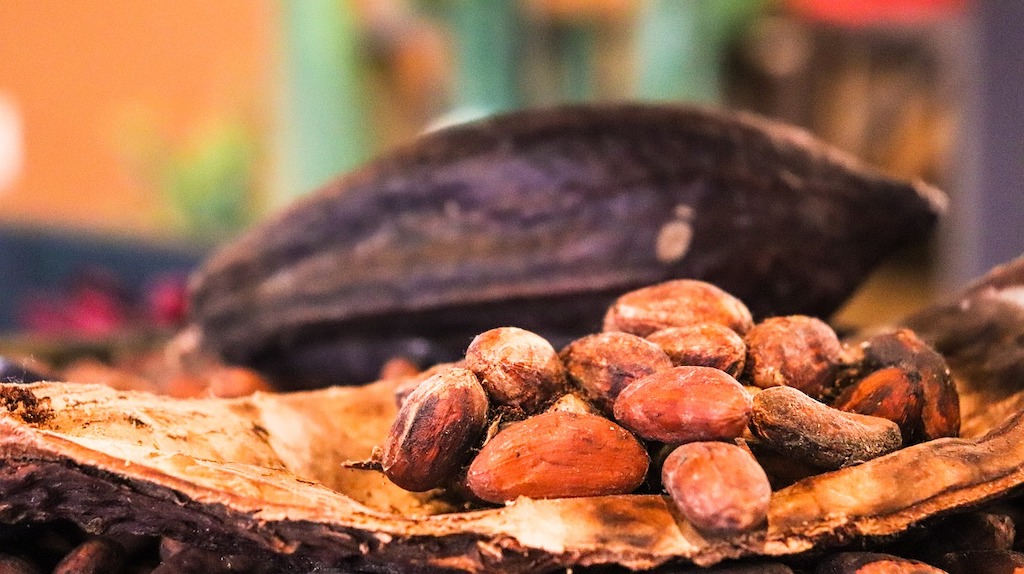
12 amazing superfood properties of Cacao
Medicinal and Therapeutic Properties of Cacao
This article is about some surprising medicinal benefits of real Cacao – the stuff that chocolate is made of.
It may come as a surprise, but Cacao is actually pretty healthy. (It’s my favourite ‘superfood’. 🙂
If you are interested in the history of Cacao and how we have come to love chocolate so much, take a look at this article about the cultural history of chocolate.
CACAO BEANS
PARTS USED: Dried seeds and seed shells.
HARVEST: Cacao pods take about 5-6 months to mature. The harvest occurs twice a year, from September to February and May/June, even though there is always ripe and unripe fruit on the same tree.
CONSTITUENTS: Fat, Amino Acids, Alkaloids (Theobromine, Caffeine), Riboflavin, Niacin, Thiamine, Calcium, Iron, Potassium, Magnesium, Vitamins A, C, D and E, polyphenols.
ACTIONS: Diuretic, stimulant, aphrodisiac, anti-depressant, nutritive anti-inflammatory, antioxidant
Crushed Cacao Beans
Image by janiceweirgermia from Pixabay
Diuretic
In Central America, a tea made from crushed Cacao seed shells called ‘nibs’ is used as an effective diuretic. A strong flow of urine is a sign of health and vigour, and any substance that produces this effect is praised as an aphrodisiac, enhancing male potency.
Anti HIV-properties
A pigment extracted from the husks has anti-HIV properties. In vitro studies have demonstrated that polymerized flavonoids present in the husks reduce the damaging effects of HIV. Apparently, they prevent the virus from entering the cells (Unten et al. 1991). But once inside the cell, the virus replicates normally.
Anti-inflammatory
Cacao is incredibly rich in polyphenols, antioxidant flavonoids that have a powerful anti-inflammatory effect.
Animal studies also suggest that Theobromine and Theophylline can ease inflammatory conditions of the respiratory tract, such as asthma, by dilating the lungs and thus helping to relax the air passages.
But unfortunately, most of them are lost due to the standard methods used to process Cacao Beans.
Cardio-Vascular support
Apparently, eating chocolate can be good for your heart health! In 2015, a study found that habitual chocolate consumption can reduce the risk of cardiovascular health issues, providing it is of high quality with a high cacao content. (2)
Cacao can relax and widen the arteries, thus reducing blood pressure and improving blood circulation. Combined with its ability to reduce ‘bad’ cholesterol, it can help prevent heart attacks and strokes.
Skincare from within
The Cacao phenols are also good for the skin. They improve blood circulation to the peripheral cells and improve the smoothness of the skin by helping to hydrate it from within. Long-term use is also said to protect the skin from the harmful effects of the sun.
Mood enhancing
The higher the Cacao content, the better it is for your well-being. Have you ever wondered why you are craving chocolate when doing demanding mental work? It’s your body telling you what it needs: High Cocoa chocolate (min. 65%) has nutritional and stimulating properties that make it a good ‘pick-me-up’.
The flavonols in Cacao improve mood, alleviate symptoms of depression and reduce stress. One study of pregnant women even showed this stress-reducing effect to be conferred to the babies. It is also popular as comfort food to soothe PMS symptoms. Another study showed that older men can benefit from the regular consumption of high Cacao content chocolate, reporting improved health and well-being.
Cognition
Even better, high Cacao content chocolate improves cognitive functions by increasing the blood flow to the brain. The beneficial flavanols can also cross the blood-brain barrier and directly benefit the neurons. For those suffering from cognitive impairments or neuronal conditions such as Alzheimer’s, or Parkinson’s, high Cacao content chocolate is brain food.
The findings are promising, suggesting that more research is warranted.
Blood-sugar regulation
High Cacao chocolate can even have a positive effect on Type 2 Diabetes symptoms. The unexpected findings showed that flavanols can slow the carbohydrate metabolism and uptake in the gut, while stimulating insulin secretion, lowering inflammation and aiding the transfer of sugar from the blood to the muscles.
Weight loss
Interestingly, high cocoa content chocolate actually has a positive effect on the body mass index (BMI). Chocolate eaters (min 81% cocoa) lose weight faster than people who do not eat chocolate.
Anti-Cancer
Several animal studies indicate that a flavanol-rich Cacao diet lowers the risk of cancer – especially breast, pancreatic, liver and colon cancer and leukaemia. However, more research is needed.
Immune system stimulation
Another counterintuitive finding is that Cacao contains antibacterial, anti-enzymatic and immune-stimulating compounds that can have a beneficial effect on oral health.
NOTE
It must be stressed, that all of these benefits only apply to high cocoa content chocolate that is very low in sugar, or without sugar. The common candy bar has NO health benefits. On the contrary, chocolate candy can be harmful.
(In case you are confused about flavonoids, flavanols and flavanols, they are actually different compounds. Take a look at this article to help clear up the confusion.)
References:
(1) Unten, S., H. Ushijima, H. Shimizu, H. Tsuchie, T. Kitamura, N. Moritome, and H. Sakagami. 1991. Effect of cacao husk extract on human immunodeficiency virus infection. Letters Appl. Microbiol. 14:251-254.
(2) (Kwok CS, Boekholdt SM, Lentjes MA, Loke YK, Luben RN, Yeong JK, Wareham NJ, Myint PK, Khaw KT. Habitual chocolate consumption and risk of cardiovascular disease among healthy men and women. Heart. 2015 Aug;101(16):1279-87. doi: 10.1136/heartjnl-2014-307050. Epub 2015 Jun 15. Erratum in: Heart. 2018 Mar;104(6):532. PMID: 26076934; PMCID: PMC6284792.)
#Ads
Disclosure: As an Amazon Associate, I earn from qualifying purchases on Amazon and other affiliate sites.
More articles:
Fly Agaric (Amanita Muscaria)
Bold and undeniably conspicuous, the bright red cap with its white flaky speckles gives this fungus away. Every child knows its name.
Pumpkins (Curcubita sp)
Since it is nearly Halloween I thought I’d write a post about pumpkins – predictable I know, but nonetheless a fascinating topic.
Earth Charter Initiative
The Earth Charter is a declaration of 16 fundamental principles for building a just, sustainable, and peaceful global society in the 21st century.
Jerusalem Artichokes
Jerusalem Artichokes are the perfect edimental, spreading lovely late summer cheer and providing nourishing goodness through the winter. And they are very versatile, too!
Plant Profile: Walnut
Walnut trees (Juglans regia) are acclimated foreigners in our northern latitudes. Their home is in the warm, and fertile regions of south-east Europe, northern Greece, northern Italy, and France, where they are widely cultivated.
How To Make Rose-Hip Syrup
Rose hips are packed full of vitamin C and an excellent immune system booster. Most people know the tea, but the syrup is super delicious!
Foraging: Sweet Chestnuts (Castanea sativa)
Nothing quite conjures up the magical atmosphere of autumn as the warm, sweet scent of roasted chestnuts. It immediately invokes images of bonfires and harvest feasts.
Preserving the Harvest (1)
This article is about various methods to preserve the harvest. Making your own pickles and preserves, jams and chutneys, liqueurs and canned veggies is a great way to celebrate the harvest
Preserving the Harvest (2)
What to do with all the excess fruit? Homemade wines and liqueurs may be just the answer to your bucketloads of fruit
Climate Change – what can we do?
"The climate emergency is THE defining issue of our times." It is the beginning of August, the time of ripening fruits. The year is progressing rapidly and the sun is already past its peak. It has been a stormy first half of the year with weather extremes throughout...
Plant Profile: Corn (Zea Maize)
Plant Profile Corn, (Zea Maize), the ‘staff of life’ of the Americas, its history, mythology and uses, medicinal properties and recipes
Plant Profile: Opium Poppy (Papaver somniferum)
Poppies come in almost every color. The flowers have an ephemeral appearance, quite otherworldly and mysterious.



